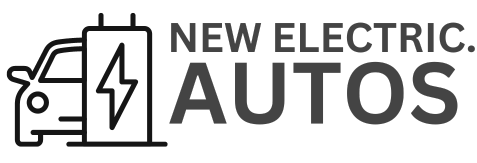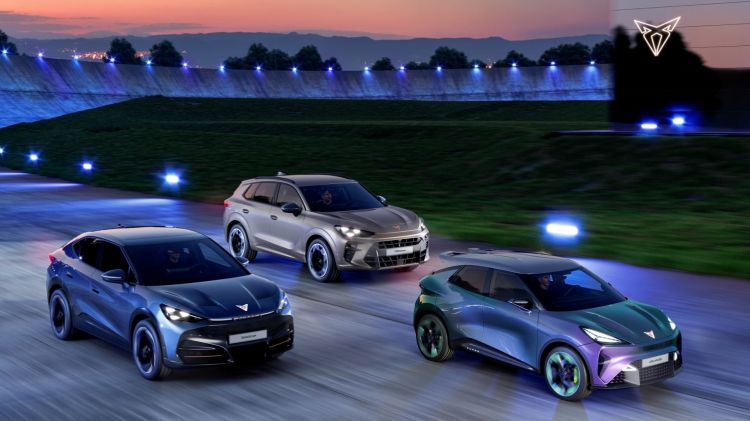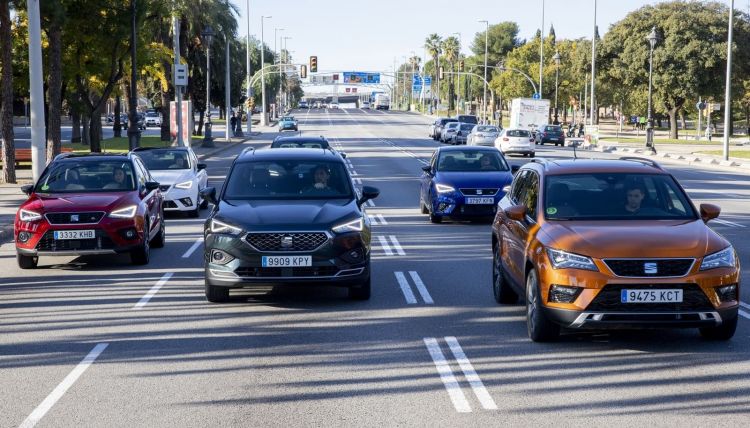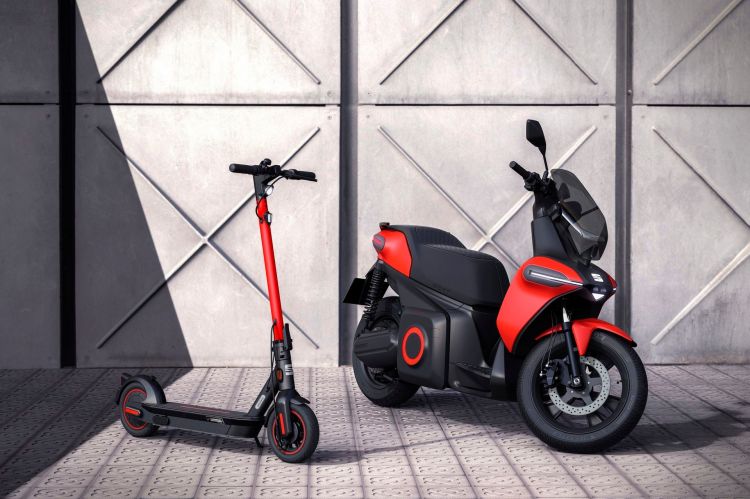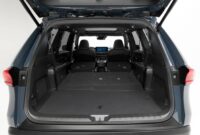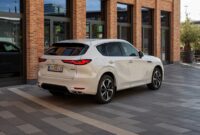The uncertain future of SEAT today receives a balloon of oxygen from Volkswagenbecause despite the increasingly long shadow of CUPRA, the closure of SEAT as a car company is something that is still far from happening… at least until 2028 or 2029. The success and greater profitability of CUPRA forces SEAT to reinvent itselfsomething that must also happen at the same time that it is electrified, which is why the historic Spanish firm needs to find a new direction in the next 6 years if it wants to survive.
The success of CUPRA as the new automobile firm of the Volkswgaen group has led SEAT to a very difficult situation. The Spanish firm sees how its range is gradually being reduced in number of models and engines, discovering at the same time the loss of new launches in favor of a CUPRA that is constantly growing in sales and profitability. Faced with this situation, SEAT’s drop in sales shows no sign of stopping, even less so when the time has come to put an end to its best-selling models: Arona and Ateca, models that by the way will not take over from SEAT.
But the new CEO of the Volkswagen group, Thomas Schäfer, wanted to call for calm regarding the future of SEAT. Schäfer has ensured that at this time a plan is being worked on for SEAT, a plan that will ensure that the brand survives electrification, but without forgetting its position as a brand of access to the group and that it is aimed at a young audience. We must not forget that SEAT’s positioning is key to understanding this situation, since with CUPRA occupying the top space – even with certain premium aspirations – and Skoda converted into the reference brand of the group in quality/priceSEAT’s margin to adapt to the current market is very small, especially if we take into account the price inflation that we are suffering.
Without going into detail about the plan Volkswagen is working on, Schäfer has confirmed that SEAT has its future secured until 2028 or 2029. This window of time has to do with the depletion of its current product line made up of Ibiza, Arona, León and Ateca. But once all these models complete their commercial life cycle and disappear, either never to return or to become 100% CUPRA models, there is no confirmation that new models will arrive at SEAT
It is because of that the key for SEAT to have a future as a car manufacturer lies in the electrification of the brand at the lowest possible cost, in addition to finding a new business model that allows it to distance itself from CUPRA and Skoda. The idea of turning SEAT into an alternative to Dacia sounds more and more powerful, a kind of generalist brand focused on the manufacture of practical cars, with adjusted prices and without the latest technology, but with a great equipment ratio. /price. This idea would also allow Volkswagen to compete with the flood of Chinese cars.
Secondly, The idea of turning SEAT into a firm focused on offering mobility solutions also sounds strong, thus emulating Mobilize’s role at Renault. SEAT has been flirting for some time with the idea of marketing different mobility formulas under its brand, whether they are scooters, electric scooters or small cars, which could be an interesting – and profitable – outlet for SEAT within the Volkswagen group. These types of specialized mobility firms are growing rapidly in large European citiesdemanding vehicles of all kinds and conditions to cover urban routes.
Be that as it may, what is clear is that we will have to continue waiting to find out if SEAT will have a future beyond 2028 or 2029 and what future that will be.
Font: Coach
